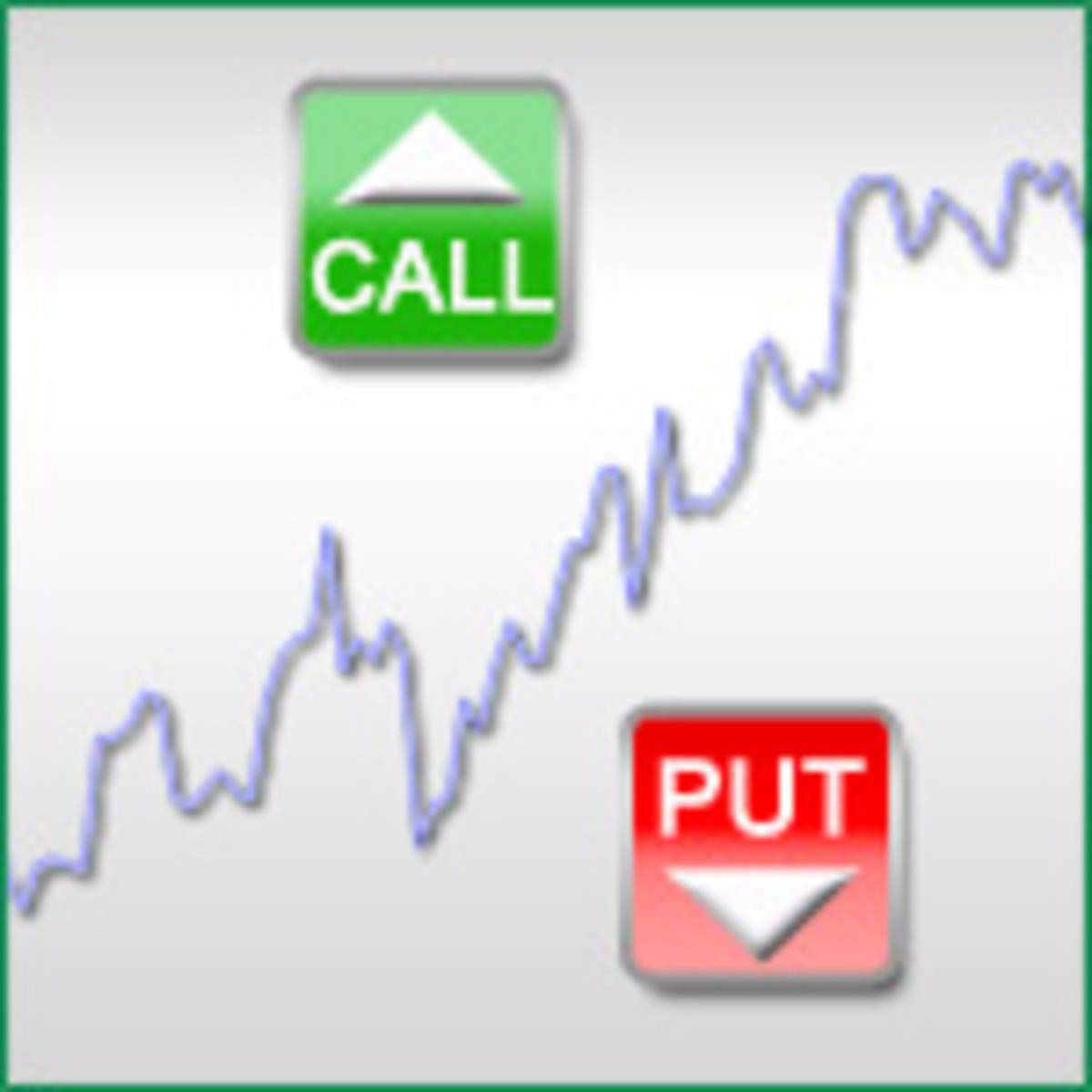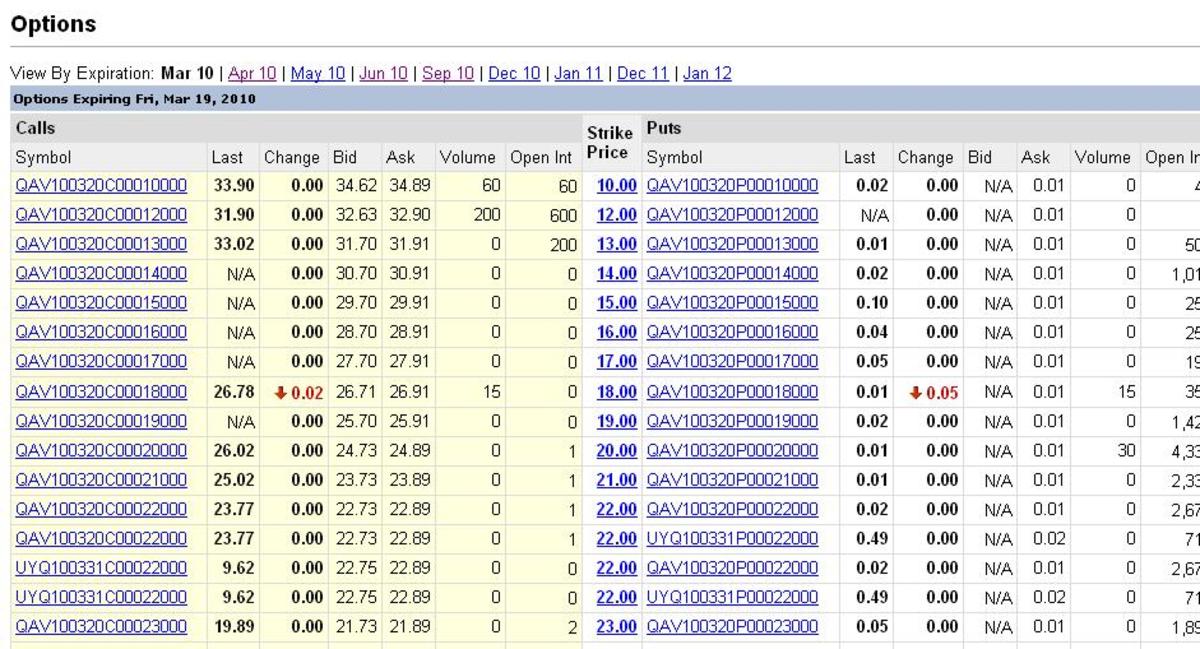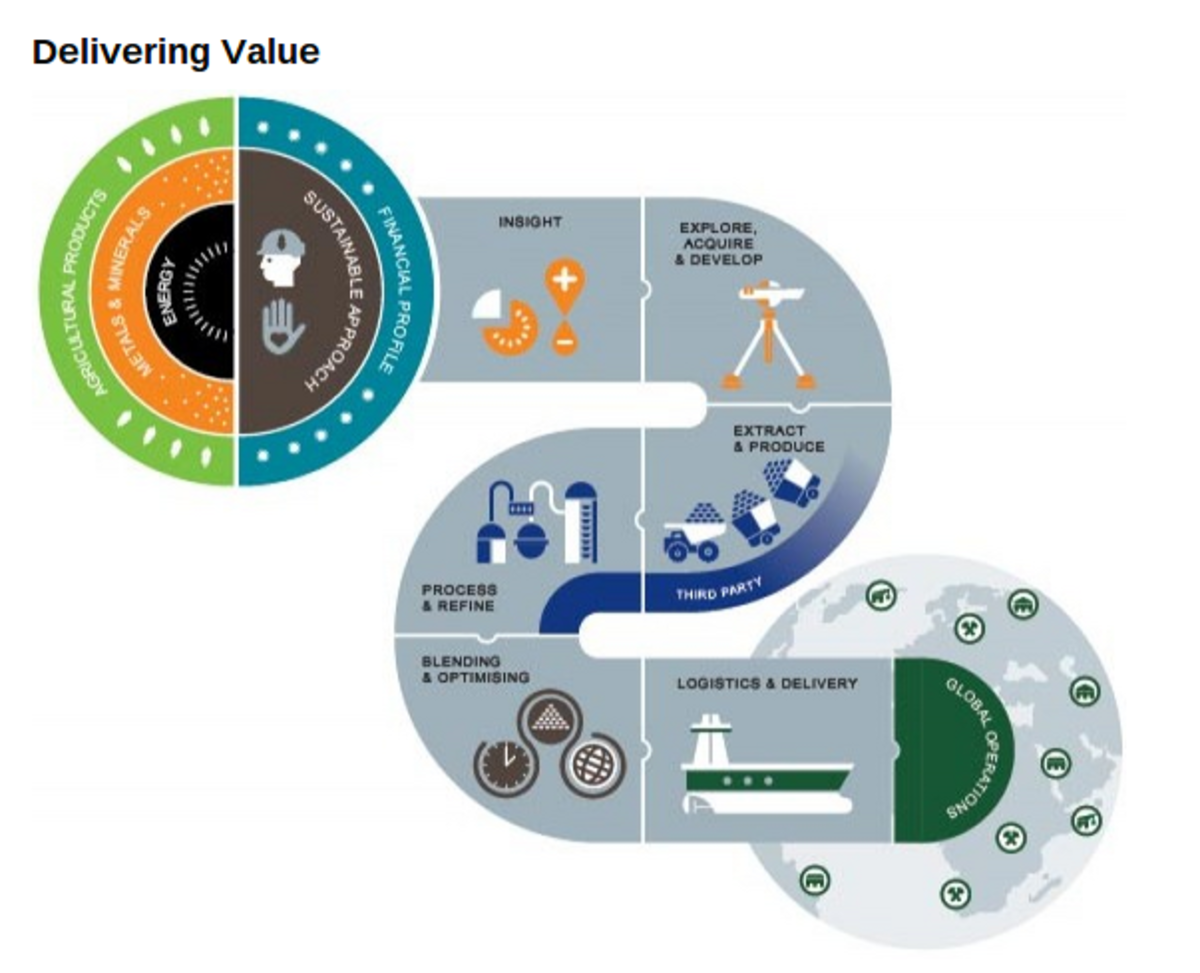5 of the Best Indicator Strategies on Wall Street

While there are probably many terms to describe traders who “trust their gut” and select stocks that “seem” like they are about to increase in price, the most commonly used term among them is broke. Without a rigid and tested indicator system in place, trading is diminished from a science to a simple guessing game.
Though there may not be any technical indicators that can guarantee a return on your investment, there are certainly quite a few that will enable you to identify price trends before the market has had an opportunity to react. By experimenting with multiple different technical indicators over time, you can eventually find one that is entirely compatible with your desired approach to trading.
An indicator trading strategy, as the name implies, is a trading strategy that uses specific technical indicators before opening or closing any given position. The best indicator trading strategies will have clear-cut “trigger points”. For example, once the RSI has moved above a certain level (usually 75), you may want to consider engaging in a trade.
In this article, we will discuss some of the most effective indicator trading strategies that can currently be found on Wall Street. By understanding the purposes of these strategies, their strengths, and their weaknesses, you will be able to increase your ROI and achieve your goals as a trader.
1. Ichimoku Cloud
The Ichimoku Cloud is one of the most complex technical indicators available, but it is also among the most useful. Originally developed by Goichi Hosoda in 1969, the “all inclusive” indicator plots five distinct lines on the chart in order to help traders identify the direction of the price trend, the strength of the price trend, and corresponding levels of support and resistance.
Each of the lines on an Ichimoku Cloud chart represents something different. For example, while one of the lines plots closing prices over the past 9 periods, another line plots closing prices over the past 26 periods. When one line crosses over another, these moving average indicators make it possible to identify whether a price trend is getting stronger or getting weaker. Additionally, the space between the “A Line” and the “B Line” creates a visible cloud that helps illustrate changes in resistance and support. Though learning how to correctly interpret the graph will require some practice, having such a large swath of information in one place is certainly very useful.
2. Stochastic Oscillator
The purpose of using the Stochastic Oscillator as an indicator is to compare recent closing prices to the prices of a security over a specific period of time. This makes it possible for traders to easily determine whether recent price movements have deviated from the norm or whether they are still contained with a predictable range. This indicator is often paired with and compared to Bollinger Bands (mentioned below).
As is the case with many technical indicators, the Stochastic Oscillator attempts to illustrate whether the underlying security has been overbought or oversold. When securities have been overbought, prices will likely decrease. When they have been oversold, prices will likely increase. The Stochastic Oscillator measures this using a bounded range of values between 0 and 100. One of the reasons why this indicator is particularly popular is the fact it is more sensitive to price momentum, rather than absolute price.
3. Momentum Technical Indicators
The Momentum Technical Indicator is a leading indicator, which means it is designed to directly predict future price movements, rather than simply take the temperature of the market in the status quo. The Momentum Indicator compares recent closing prices to more distant closing prices and makes adjustments for the value of time. When the indicator is “accelerating”, that means the current trend is picking up strength and will likely continue into the foreseeable future.
There are other technical indicators that fall within the broad umbrella of “momentum indicators” as well. For example, the Relative Strength Index (RSI) is among the most common indicators for reading the strength of a current price trend. Other compatible indicators include the Williams R%, certain Moving Averages, and various others.
4. Awesome Oscillator (AO)
The Awesome Oscillator was developed by Bill Williams, who is one of the best known names in the world of trading theory. The AO is another comprehensive indicator that can be used for gauging momentum, evaluating the volatility of the market, and also predicting future values.
Contrary to some technical indicators, the AO focuses on midpoints, rather than closing prices. Because of this, the AO is especially popular among traders who are active in the middle of the day (rather than peak opening and closing hours). The chart itself plots Simple Moving Averages (SMA) for both 5-day and 34-day periods. The graph—which is color-coded and relatively easy to read—will typically place a candlestick chart directly above the AO indicator. This will help clarify whether prices trends are likely to continue, lose strength, or possibly reverse.
5. Bollinger Bands
Bollinger Bands are ideal for traders who hope to exercise channel trading strategies. As time goes on, prices for most assets will typically be contained within a channel that has a clear floor and a clear ceiling. Bollinger Bands, in their simplest form, are used to help traders identify wherever these floors and ceilings might actually be.
Bollinger Bands are a technical indicator that plots a series of lines two standard deviations away from the simple moving average. Typically, plotting two standard deviations away from the average can be expected to contain about 95 percent of all price movements. When prices near the edge of the channel, most traders will reasonably expect a price reversal to occur in the near future. If the prices “break” the channel, however, this may be a sign that a fundamental value change has occurred.
The Benefits of Using Multiple Technical Indicators
While all technical indicators are trying to provide traders with the same general benefit—the ability to predict near-future price movements—there are still quite a few things that make each of them unique. Because these indicators are not mutually exclusive, most indicator trading strategies will involve the use of multiple technical indicators at once.
If two or more technical indicators are delivering the same message (you need to buy), then you can be comfortable opening an even larger position. On the other hand, if these indicators seem to be contradicting each other (RSI says buy, Bollinger Bands say sell, for example), then you may want to hedge your bets. Regardless, exploring the use of multiple indicators will almost always be worth the effort.
Conclusion
Technical indicators are some of the most effective tools available to modern traders. These indicators, which have been tested by traders all around the world, help illustrate a clearer picture of the market and make it easier to predict future movements. While there will still be some risk involved with any type of speculative trading strategy, the usefulness of these indicators can help you reduce your exposure to risk and maximize your potential for strong returns.
© 2019 Usman Asad








